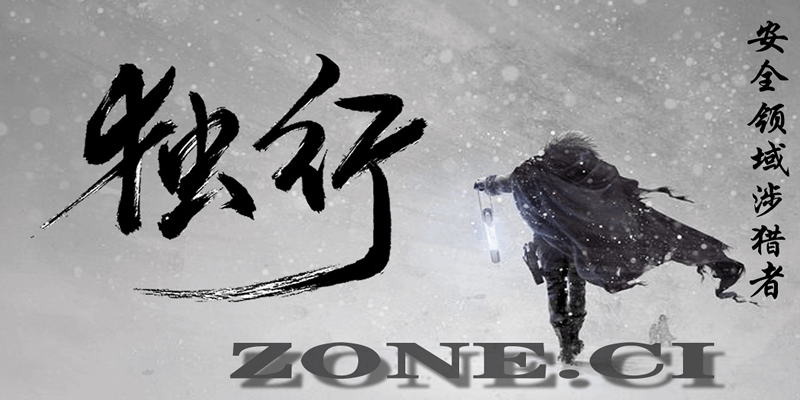Golang Entity Model
Golang is increasingly gaining popularity in the software development community due to its simple syntax, efficient performance, and extensive standard library. One of the core concepts in Golang development is the entity model, which is crucial for structuring and organizing data within an application. In this article, we will explore the various aspects of the Golang entity model and its importance in building robust and scalable applications.
Understanding Entities in Golang
Entities in Golang refer to the basic building blocks of data that represent real-world objects or concepts. These entities are typically represented as structs, which are composite data types that allow the grouping of related data together. Structs in Golang can have different fields, each representing a specific attribute or property of the entity. For example, in an e-commerce application, a "Product" entity might have fields such as "ID", "Name", "Price", and "Description". By defining such structs, developers can easily organize and manipulate data in a structured manner.
Defining Relationships between Entities
In many applications, entities are not standalone but have relationships with other entities. Golang provides various techniques to define these relationships effectively. One commonly used approach is embedding, where one struct is included as a field inside another struct. This allows the embedded struct to access the fields and methods of the outer struct. For instance, a "Customer" entity could embed an "Address" entity, enabling easy access to the customer's address details. Additionally, Golang supports other relationship types like composition and aggregation, which provide even more flexibility in modeling complex application domains.
Data Validation and Manipulation within Entities
Apart from merely representing data, entities in Golang also play a crucial role in data validation and manipulation. Golang provides a rich set of features to ensure data integrity and enforce business rules within entities. Developers can include methods in the entity struct that perform validation checks on the field values, ensuring they meet specific criteria. Moreover, methods can be defined to encapsulate complex data manipulation logic, such as calculating derived fields or formatting data for display purposes. These capabilities make entities more than just passive data containers by allowing them to actively manage and control the data they hold.
In conclusion, the Golang entity model is a fundamental aspect of building robust and maintainable applications. Entities provide a structured way to represent and organize data, making it easier to understand and manipulate. By defining relationships between entities and incorporating data validation and manipulation logic within them, developers can create powerful and flexible application architectures. With its simplicity, efficiency, and extensive standard library, Golang is an excellent choice for developing applications with a strong entity model. Whether you are building a small personal project or a large-scale enterprise application, understanding and leveraging the capabilities of the Golang entity model can greatly enhance your development experience and the quality of your software.










评论